The Brain and Neurorehabilitation Lab
The Brain & Neurorehabilitation Lab at the University Rehabilitation Clinic of the Department of Rehabilitation Sciences has three goals: Research, Patient Care, and Education. The lab provides the research staff with access to cutting-edge noninvasive brain stimulation technology and employs different neural stimulation techniques (i.e. rTMS and transcranial Direct Current Stimulation) for exploring the relationship between brain and behaviour, questions about brain plasticity and its modulation that is combined with careful experimental task designs and brain imaging in healthy populations and patients with neurological disoders.
The lab is equipped with a Magstim Super Rapid2 magnetic stimulation unit that is capable of both single pulse and rapid rate stimulation output at high power. The combination of the Super Rapid2 and Air Film Coils allows the application of high frequency rTMS for long durations suitable for therapeutic applications. The addition of the therapy chair enables a complete solution, maintaining comfort for the patients whilst stimulation is being delivered.
The ANT-NEURO Visor2 LT image-guided frameless stereotactic system is used for accurate real-time visualization of stimulated brain areas (www.ant-neuro.com). This system allows guidance for placement of the TMS coil on the participant’s head from the 3-D reconstructed brain MRI (either anatomical of functional images can be used for guidance). The position of the participant’s head and the TMS coil are detected by the infrared camera and merged onto the patient’s MRI. The computer displays, online, the brain target that would be primarily affected by the projection of the main vector of the induced magnetic field pulse assuming that the magnetic field flows perpendicular to the plane of the coil and the affected brain area is, in turn, perpendicular to the magnetic field (hence parallel to the coil plane).
The lab is also equipped with multiple stimulation coils that including various sizes of 8-shaped coils for focal stimulation and circular coils, as well as specially designed double-cone coils for deeper brain stimulation, and various air-cooled coils. In addition, specially designed sham coils matching the various real coils are available.
The Brain and Neurorehabilitation Lab
The Brain and Neurorehabilitation Lab
The Brain & Neurorehabilitation Lab at the University Rehabilitation Clinic of the Department of Rehabilitation Sciences has three goals: Research, Patient Care, and Education. The lab provides the research staff with access to cutting-edge noninvasive brain stimulation technology and employs different neural stimulation techniques (i.e. rTMS and transcranial Direct Current Stimulation) for exploring the relationship between brain and behaviour, questions about brain plasticity and its modulation that is combined with careful experimental task designs and brain imaging in healthy populations and patients with neurological disoders.
The lab is equipped with a Magstim Super Rapid2 magnetic stimulation unit that is capable of both single pulse and rapid rate stimulation output at high power. The combination of the Super Rapid2 and Air Film Coils allows the application of high frequency rTMS for long durations suitable for therapeutic applications. The addition of the therapy chair enables a complete solution, maintaining comfort for the patients whilst stimulation is being delivered.
The ANT-NEURO Visor2 LT image-guided frameless stereotactic system is used for accurate real-time visualization of stimulated brain areas (www.ant-neuro.com). This system allows guidance for placement of the TMS coil on the participant’s head from the 3-D reconstructed brain MRI (either anatomical of functional images can be used for guidance). The position of the participant’s head and the TMS coil are detected by the infrared camera and merged onto the patient’s MRI. The computer displays, online, the brain target that would be primarily affected by the projection of the main vector of the induced magnetic field pulse assuming that the magnetic field flows perpendicular to the plane of the coil and the affected brain area is, in turn, perpendicular to the magnetic field (hence parallel to the coil plane).
The lab is also equipped with multiple stimulation coils that including various sizes of 8-shaped coils for focal stimulation and circular coils, as well as specially designed double-cone coils for deeper brain stimulation, and various air-cooled coils. In addition, specially designed sham coils matching the various real coils are available.
